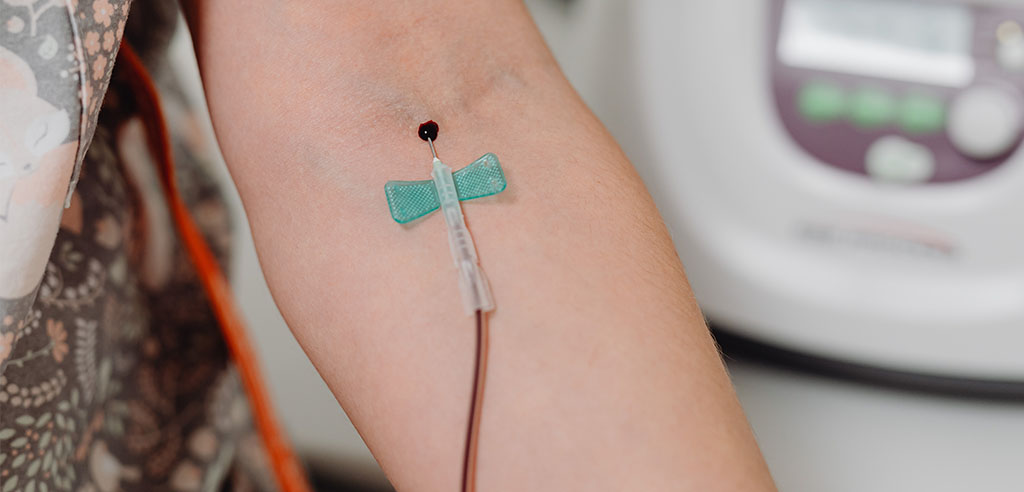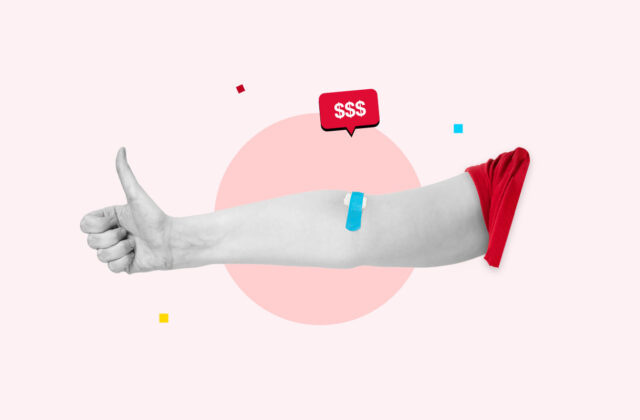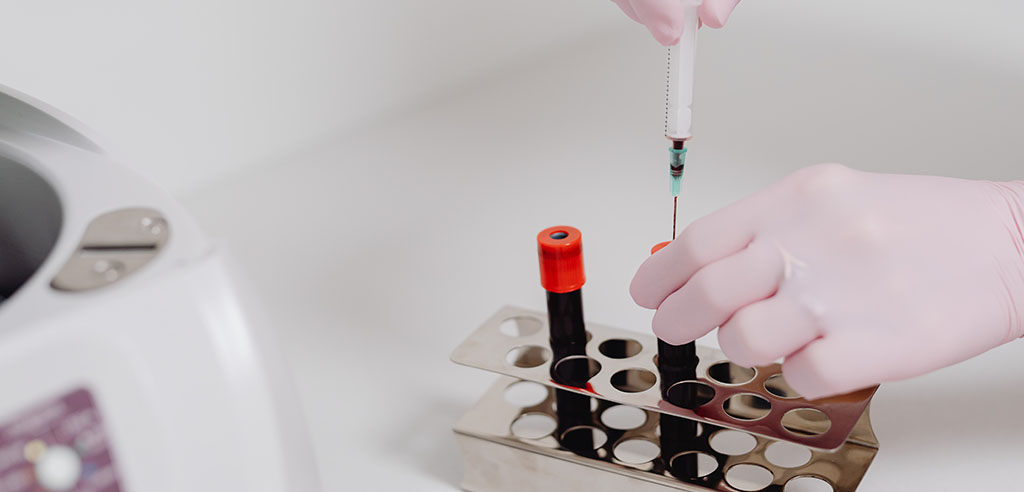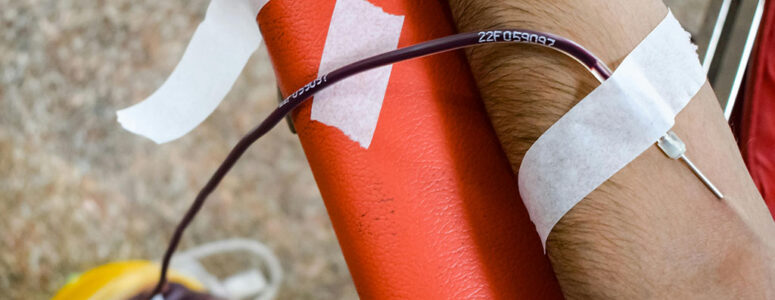Plasma is a fluid that makes up more than half of your blood. It contains many proteins that play an important role in maintaining your body’s immune system, clotting your blood when you get injured, and otherwise keeping you healthy.
Plasma is in high demand by hospitals and clinics, as well as pharmaceutical companies. It can be used to make valuable medications, which are used to treat conditions like:
- Burns
- Liver disease (e.g., cirrhosis)
- Autoimmune disorders
- Hemophilia and other blood clotting disorders
For this reason, many medical facilities ask for plasma donations from healthy people who meet certain criteria. More to the point, there are also companies that will actually pay you to give plasma, which means you can turn it into a money-making side hustle.
This is more common than you might think—by some estimates, tens of millions of people in the US sell their plasma every year.3 However, some people believe this is unethical or unsafe, something that we’ll go into detail about below.
Read on to learn all about donating blood plasma for money (and the arguments for and against it).











Leave a Reply
You must be logged in to post a comment.